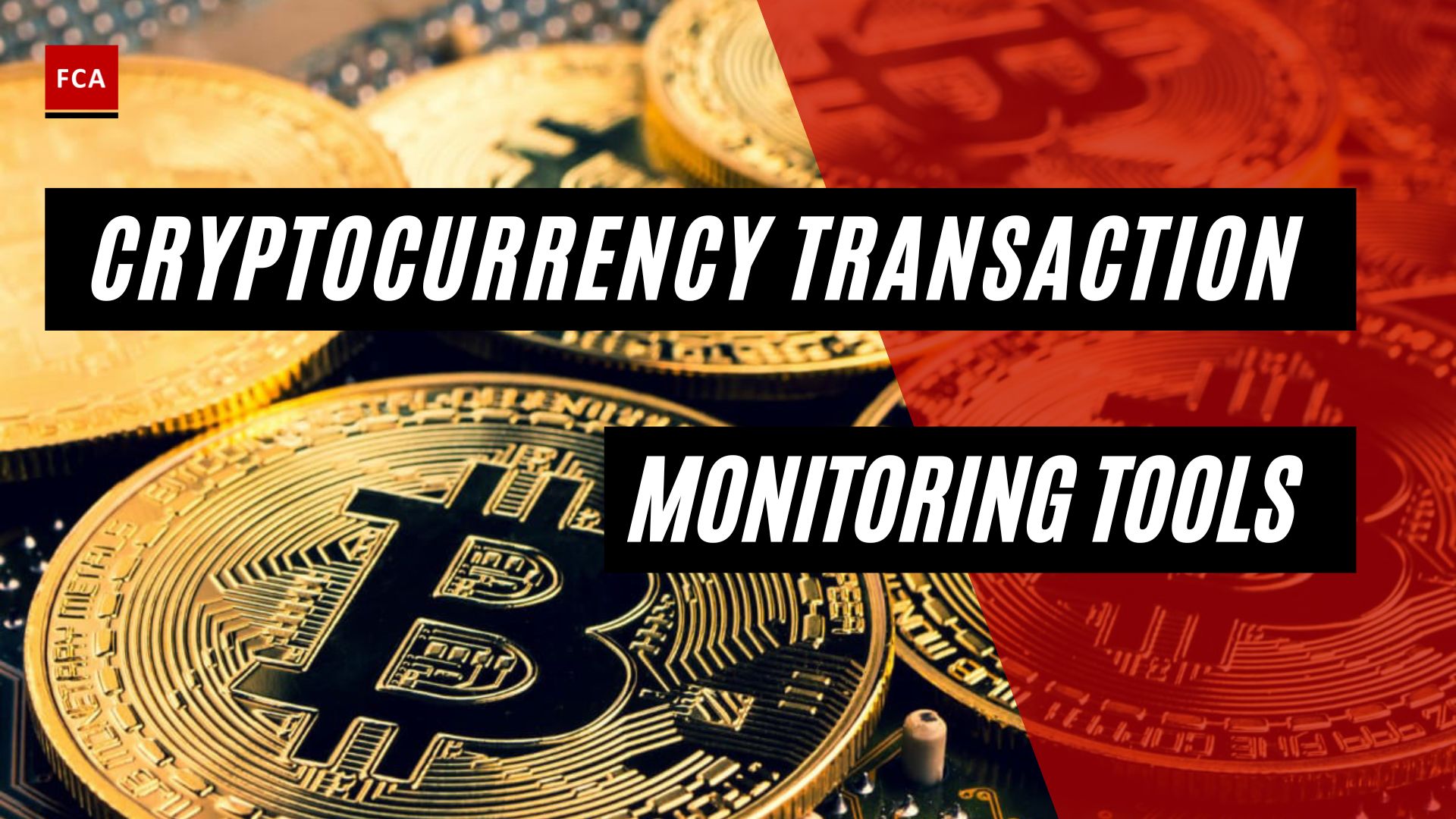In recent years, virtual currency transactions have become a prevalent topic in both financial and technological spheres. As the world increasingly embraces digitalization, the use of virtual currencies, such as Bitcoin, Ethereum, and numerous others, has surged. These currencies offer a decentralized alternative to traditional monetary systems, promising greater security, transparency, and autonomy. In this article, we will delve into the intricacies of virtual currency transactions, exploring what they are, how they work, and their implications in today’s digital landscape.
Understanding Virtual Currencies
Virtual currencies, also known as cryptocurrencies, are digital or virtual representations of value that utilize cryptography for security. Unlike traditional fiat currencies issued by governments, virtual currencies are typically decentralized and operate on distributed ledger technologies, most notably blockchain. Blockchain serves as a public ledger that records all transactions across a network of computers, ensuring transparency and immutability.
How Virtual Currency Transactions Work
Virtual currency transactions involve the transfer of digital assets from one party to another within a decentralized network. Let’s break down the key components and processes involved:
- Wallets: Participants in virtual currency transactions require digital wallets to store and manage their holdings. These wallets come in various forms, including software wallets (desktop or mobile applications), hardware wallets (physical devices), and paper wallets (printed QR codes or keys).
- Public and Private Keys: Each wallet is associated with a pair of cryptographic keys: a public key, which serves as the address for receiving funds, and a private key, used to authorize transactions and access the funds. The private key must be kept secure, as it grants control over the associated assets.
- Transaction Initiation: To initiate a transaction, the sender uses their wallet software to specify the recipient’s public key and the amount of virtual currency to be transferred. This transaction is then broadcast to the network for validation.
- Validation and Mining: Transactions within most virtual currency networks are validated by network participants known as miners. Miners verify the authenticity of transactions and add them to blocks, which are subsequently added to the blockchain through a process called mining. Mining involves solving complex mathematical puzzles to reach a consensus on the validity of transactions and create new blocks.
- Confirmation: Once a transaction is included in a block and added to the blockchain, it receives multiple confirmations as subsequent blocks are added. The number of confirmations increases the security and irreversibility of the transaction, as it becomes increasingly difficult to alter past blocks.
- Transaction Settlement: After sufficient confirmations, the transaction is considered settled, and the recipient can access the transferred funds. Settlement times vary depending on factors such as network congestion and the specific virtual currency being used.
Advantages of Virtual Currency Transactions
Virtual currency transactions offer several advantages over traditional financial systems:
- Decentralization: Virtual currencies operate on decentralized networks, eliminating the need for intermediaries such as banks or financial institutions. This decentralization reduces transaction costs and enhances accessibility, particularly for individuals in underserved or unbanked regions.
- Security: Cryptography and blockchain technology provide robust security features, making virtual currency transactions resistant to fraud, counterfeiting, and unauthorized access. Each transaction is cryptographically linked to previous transactions, creating a tamper-proof record of ownership.
- Transparency: The transparent nature of blockchain technology enables anyone to view the entire transaction history of a virtual currency. This transparency enhances trust and accountability within the network, as participants can verify the integrity of transactions without relying on central authorities.
- Global Accessibility: Virtual currencies are accessible to anyone with an internet connection, transcending geographical boundaries and traditional banking hours. This global accessibility facilitates cross-border transactions and financial inclusion, empowering individuals in regions with limited access to traditional banking services.
Challenges and Considerations
Despite their numerous benefits, virtual currency transactions also pose certain challenges and considerations:
- Volatility: Virtual currencies are known for their price volatility, with values often experiencing rapid fluctuations. This volatility can pose risks for both investors and merchants, affecting the stability of transactions and the value of holdings.
- Regulatory Uncertainty: The regulatory landscape surrounding virtual currencies remains uncertain and varies significantly between jurisdictions. Regulatory developments, such as taxation, licensing, and anti-money laundering measures, can impact the legality and usability of virtual currency transactions.
- Scalability: As the popularity of virtual currencies grows, scalability becomes a significant concern. Blockchain networks must accommodate increasing transaction volumes while maintaining speed and efficiency. Solutions such as layer-two protocols and consensus mechanism upgrades are being explored to address scalability issues.
- Security Risks: While blockchain technology offers robust security features, virtual currency transactions are not immune to security risks. Threats such as hacking, phishing attacks, and wallet vulnerabilities can compromise the integrity of transactions and lead to financial losses.
Conclusion
Virtual currency transactions represent a paradigm shift in the way value is exchanged and managed in the digital age. By leveraging blockchain technology and cryptographic principles, these transactions offer decentralization, security, and transparency unparalleled by traditional financial systems. However, they also present challenges related to volatility, regulation, scalability, and security.
As virtual currencies continue to evolve and gain mainstream acceptance, it is crucial for stakeholders to navigate these challenges and embrace the transformative potential of decentralized finance. By understanding the mechanisms and functions of virtual currency transactions, individuals and organizations can harness the benefits of this emerging financial ecosystem while mitigating associated risks.
